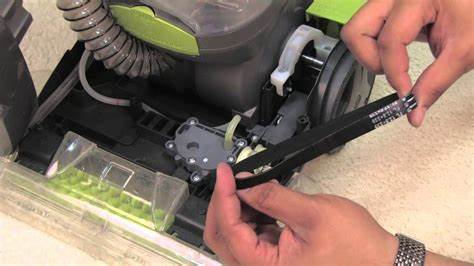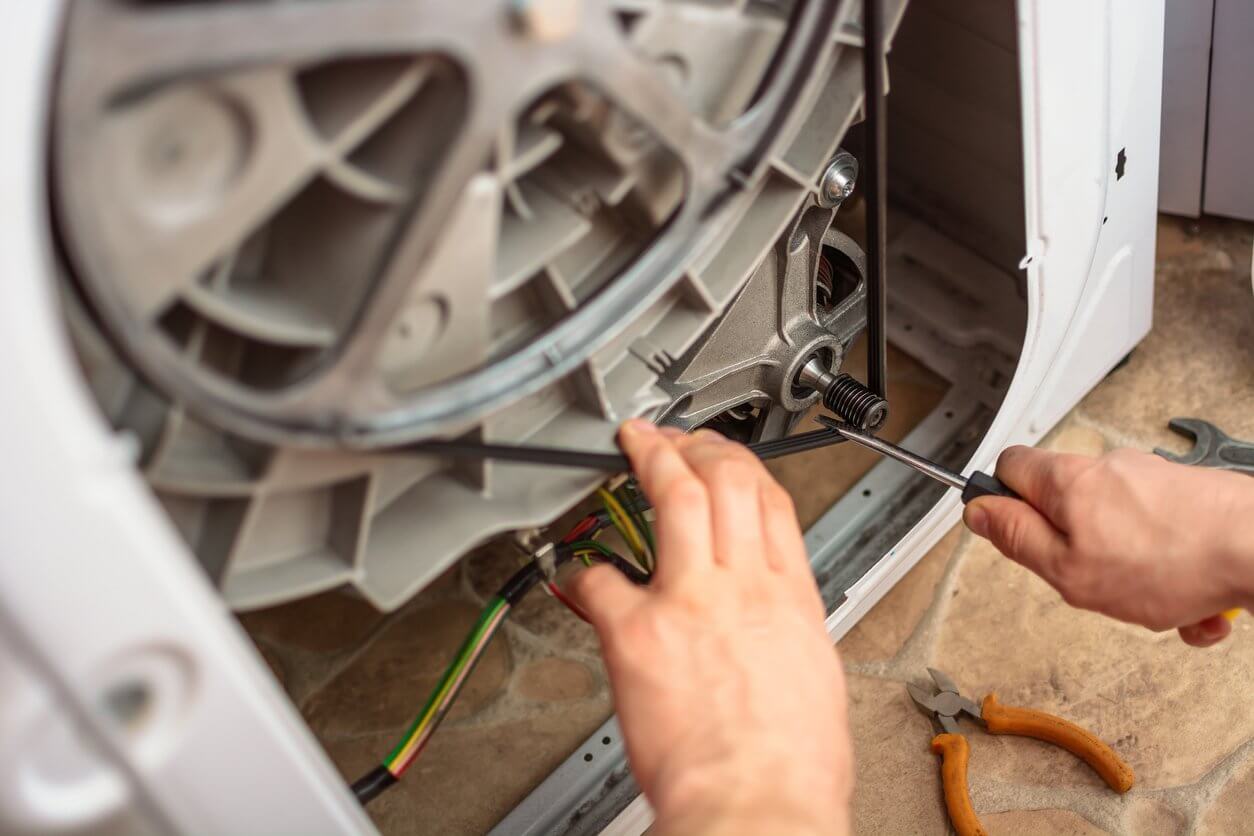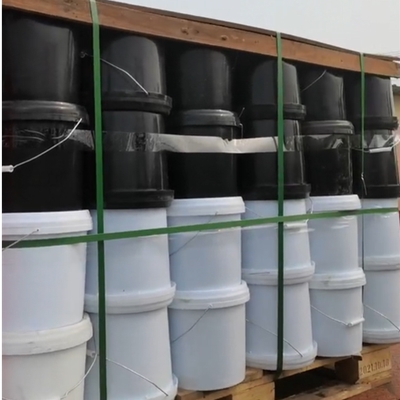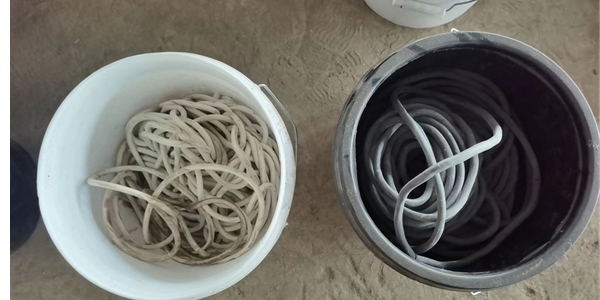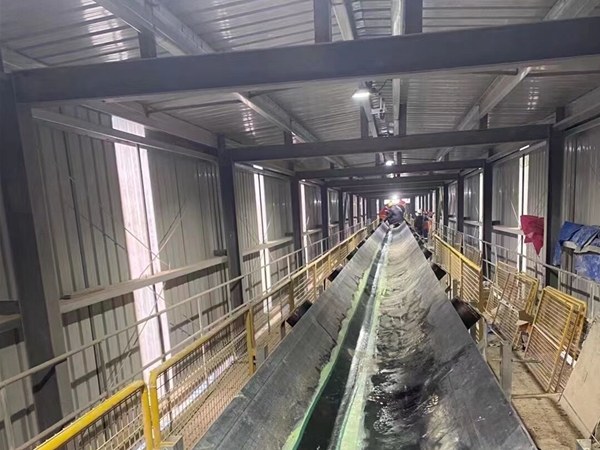I have never seen anyone say that their conveyor belts are completely clean and they don’t need belt cleaners. In fact, the cleaning of the conveyor belt is usually one of the most important issues on site.
This is because efficient belt cleaning is the key to optimizing the performance of the conveyor system. Cleaning the conveyor belt helps to reduce downtime and repair costs for the entire system by extending its lifespan.Thorough belt cleaning can also improve system productivity, safety and employee satisfaction.
1. Are all belt cleaners the same?
Absolutely not! The design of belt cleaners (or belt scrapers) varies greatly-from simple self-made devices to complex models designed for specific needs, applications or industries.
The pre-cleaner (or primary cleaner) is designed to work in the belt passing through the head pulley and the following material flow. It should eliminate most of the portability, is ideal for bulk materials, and can reduce the initial portability by 60-70%.
In addition to the primary cleaner, the secondary cleaner is located just past the head pulley and anywhere else along the belt line. They are particularly good at removing fine powder and increase the cleaning efficiency to more than 90%.
Different blades also provide different levels of compatibility with mechanical and vulcanized joints. If you want to read more about the different types of belt cleaner blades available and when you should use them, I wrote about tungsten carbide blades and polyurethane blades.
2. Why does the conveyor need a belt cleaner?
Thanks to the thorough cleaning and maintenance of the conveying system, it can operate reliably at 90% or higher availability. In addition, when the belt cleaner is properly cleaned and maintained, the unplanned shutdown rate of the belt conveyor system due to mechanical or electrical failures can be kept below 2%. When your belt runs at this speed, you can reduce downtime and increase production. Imagine if cleanup or downtime can be converted into something more useful, such as the preventive maintenance demonstrated in this example.
According to an extensive study conducted at Indian coal processing facilities, facilities with clean equipment require only 50% of the necessary maintenance than facilities without clean equipment. Interestingly, they also experienced an average belt life of 150%.
3. Problems caused by ineffective belt cleaners
When the belt cleaner of your system runs unqualified work, many problems may occur. Ineffective cleaners can cause the conveyor system to be easily carried, resulting in product loss, additional cleaning and maintenance man-hours, unplanned downtime, increased wear of belts and other system components, and increased safety risks. Here is an example from a customer, who used to spend hours in the handling process for dangerous cleanup, but it can greatly reduce maintenance time and manpower.
Without effective cleaning equipment, the conveyor belt will undergo unchecked handling. It is necessary to clean the entire conveyor system because loose materials are released along it. This increases working hours, downtime and risks. In fact, according to the U.S. Among coal mine safety and health administration (MSHA) statistics, 39% of accidents related to conveyors are caused by cleaning or shoveling. Read the following to learn how a customer sprayed material on the vehicle before installing a belt cleaner to solve the transportation problem, and how to increase transportation by 90%.
Backloading can also cause conveyor belts, belt joints, and conveyor rollers to experience excessive and premature wear, shortening their life, and increasing downtime and costs. Once accumulation occurs, damage is usually caused, but the correct selection, installation, and maintenance of the cleaning plan can prevent this from happening, just like it is done in a gravel site.
4. The key to effective belt cleaning
Many applications require more than one belt cleaner to complete a satisfactory cleaning job. A typical system includes a pre-cleaner, one or more secondary cleaners, and a final dedicated cleaner for water removal. This largely depends on the severity of the application and the customer’s expectations for cleaning the belt. In some cases, a three-in-one cleaning system is exactly what the customer needs. When you see the additional costs associated with cleaning, as you do on this website, you usually pay for yourself.
Choosing the right cleaning agent, installing it correctly, and performing routine inspections or maintenance are key elements to good belt cleaning. You can request an on-site evaluation of your belt cleaner, or your entire conveyor system, and our application experts can help you choose the most effective belt cleaner for your unique situation. It can help you reduce downtime and improve your work efficiency.

